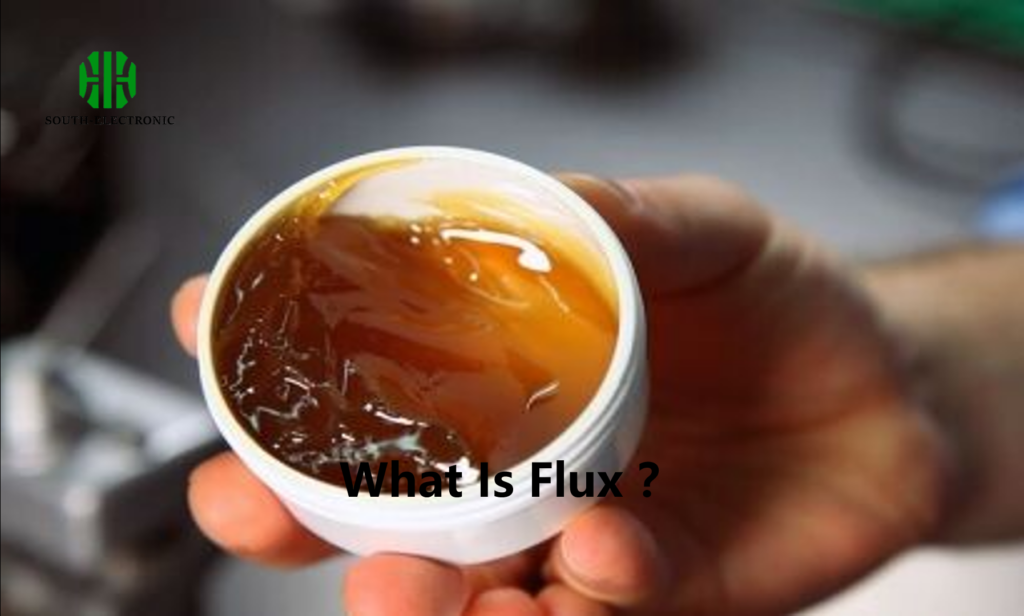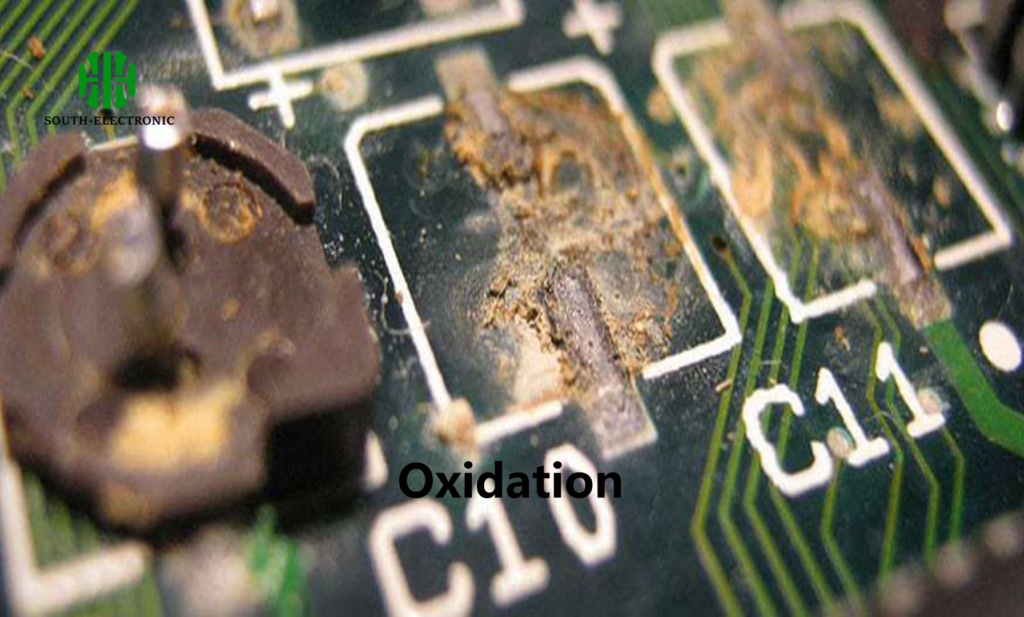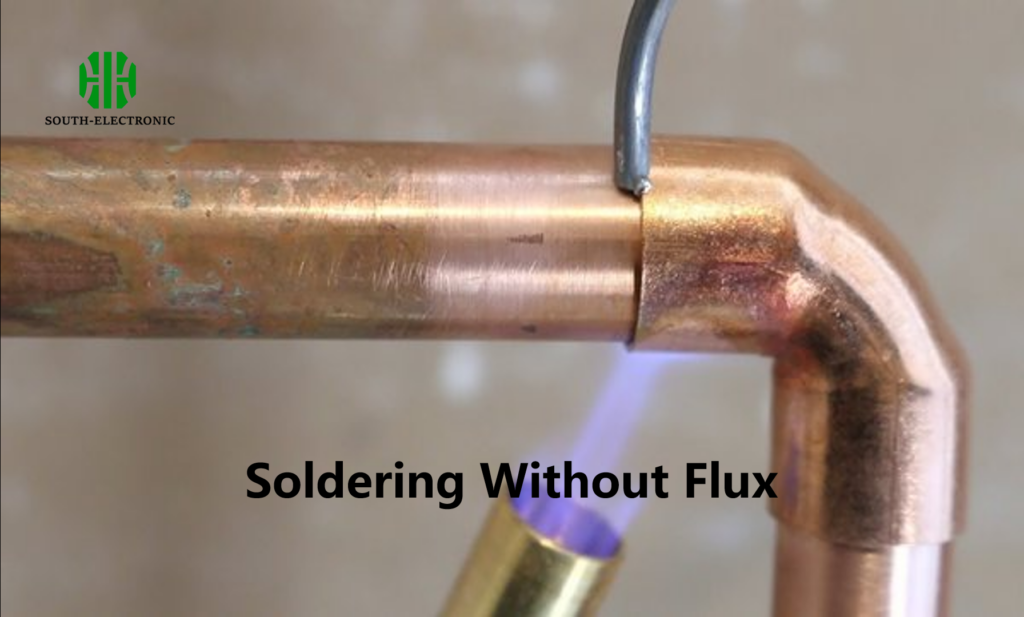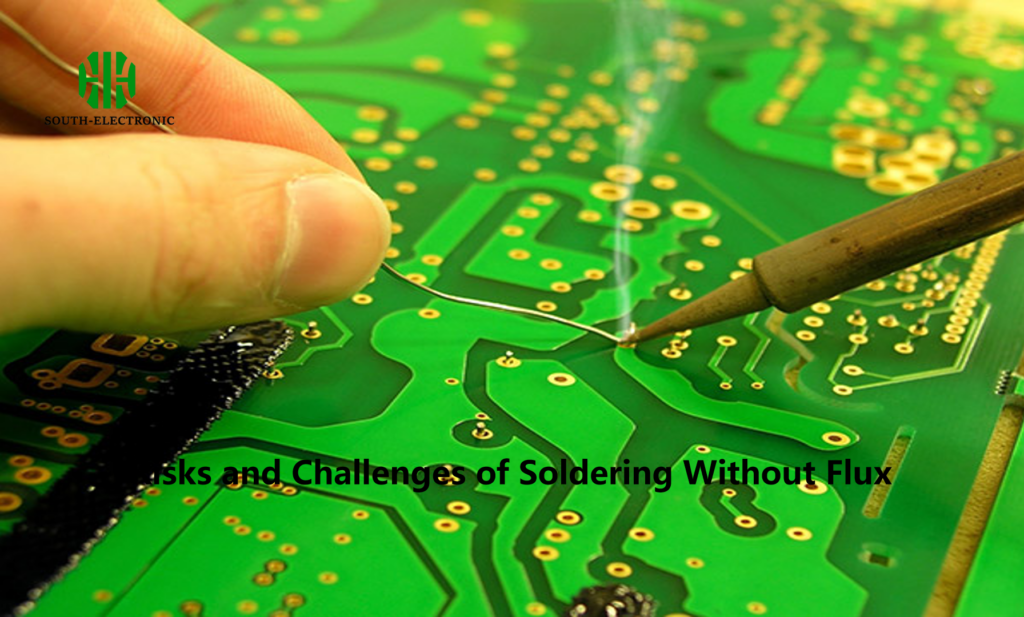Is It Okay to Solder Without Flux?
Yes, it is possible to solder without flux, but it requires more skill and precision. The key lies in thorough preparation and the use of alternative methods to ensure the solder bonds properly to the surfaces being joined.
So you’re working on a project and you’re in a bind. You don’t have any flux and you need to solder something. What do you do?
What Is Flux and Why Is It Important?
Flux is a chemical cleaner you use before and during soldering. It removes the oxides from the metal surfaces to make sure the solder sticks to the parts. Flux also helps the solder flow smoothly so you get a clean, even connection.
Types of Flux
- Rosin Flux: Commonly used in electronics, it’s non-corrosive and remains stable under high temperatures.
- No-Clean Flux: Leaves minimal residue and is often used where post-solder cleaning is difficult.
- Water-Soluble Flux: Easily cleaned with water but can be corrosive if not cleaned properly.

What Happens If You Solder Without Flux?
Without flux, the soldering process can become more challenging. Solder might bead up or form irregular shapes, making it difficult to achieve a strong and reliable connection. Here’s why:
- Oxidation: The absence of flux allows oxides to form on the metal surface, which prevents solder from adhering properly.
- Weak Joints: Without proper adhesion, solder joints may be weak and prone to failure, especially under stress or in high-vibration environments.
Comparison of Soldering With and Without Flux
| Aspect | With Flux | Without Flux |
|---|---|---|
| Oxidation Prevention | High | Low |
| Joint Strength | Strong and durable | Weak and prone to failure |
| Solder Flow | Smooth and even | Irregular and uneven |
| Ease of Soldering | Easier | More challenging |

Alternative Methods to Solder Without Flux
- Mechanical Cleaning: Scrubbing the surfaces to remove oxides can help improve solder adhesion.
- Using Flux-Core Solder: This type of solder has flux embedded in its core, which can be useful in situations where external flux isn’t available.
- Pre-Tinning: Applying a thin layer of solder to the parts before final soldering can help compensate for the lack of flux.
Step-by-Step Guide to Soldering Without Flux
- Clean the Surfaces Thoroughly:Use a fine abrasive like sandpaper or a wire brush to clean the surfaces you plan to solder. This removes oxides and other contaminants that could prevent a good bond.
- Apply Heat Evenly:Ensure that your soldering iron is hot enough to melt the solder quickly. Apply the heat evenly to both surfaces to be joined.
- Use Flux-Core Solder (if available):If you have flux-core solder, this will make the process easier. The flux within the solder will help clean the surfaces as you solder.
- Solder Quickly:Without flux, the window for making a good connection is smaller. Solder quickly to avoid oxidation forming on the surfaces.
- Inspect the Joint:Once soldered, inspect the joint carefully. Look for a smooth, shiny surface, which indicates a good bond.

Risks and Challenges of Soldering Without Flux
Soldering without flux is not without its risks. The main challenges include:
- Inconsistent Joints: Without flux, it’s harder to control the solder flow, which can lead to inconsistent joints.
- Increased Oxidation: The lack of flux means there’s nothing to prevent oxidation, which can weaken the joint over time.
- Higher Skill Requirement: Successfully soldering without flux requires a higher level of skill and experience.

Tips for Soldering Without Flux
- Practice on Scrap Materials: Before attempting your main project, practice soldering without flux on scrap materials.
- Keep the Iron Clean: Regularly clean the tip of your soldering iron to prevent oxidation buildup.
- Use High-Quality Solder: The quality of your solder can make a significant difference in the outcome. High-quality solder with a flux core is recommended.
Tips and Tricks for Soldering Without Flux
| Tip | Explanation |
|---|---|
| Clean Surfaces Thoroughly | Removes oxides and contaminants for better adhesion. |
| Use Flux-Core Solder | Helps in situations where external flux isn’t available. |
| Maintain a Hot Iron | Ensures quick solder flow and reduces the chance of oxidation. |
| Inspect Joints Carefully | Look for shiny, smooth surfaces that indicate a strong connection. |
| Practice | Increases your skill level and confidence when soldering without flux. |
Soldering without flux is a viable option, but it’s not ideal for every situation. It requires a deeper understanding of the soldering process, precise control, and a willingness to accept that the results may not always be perfect. If you have flux available, it’s almost always better to use it to ensure strong, reliable connections. However, with the right techniques and enough practice, you can solder without flux.



